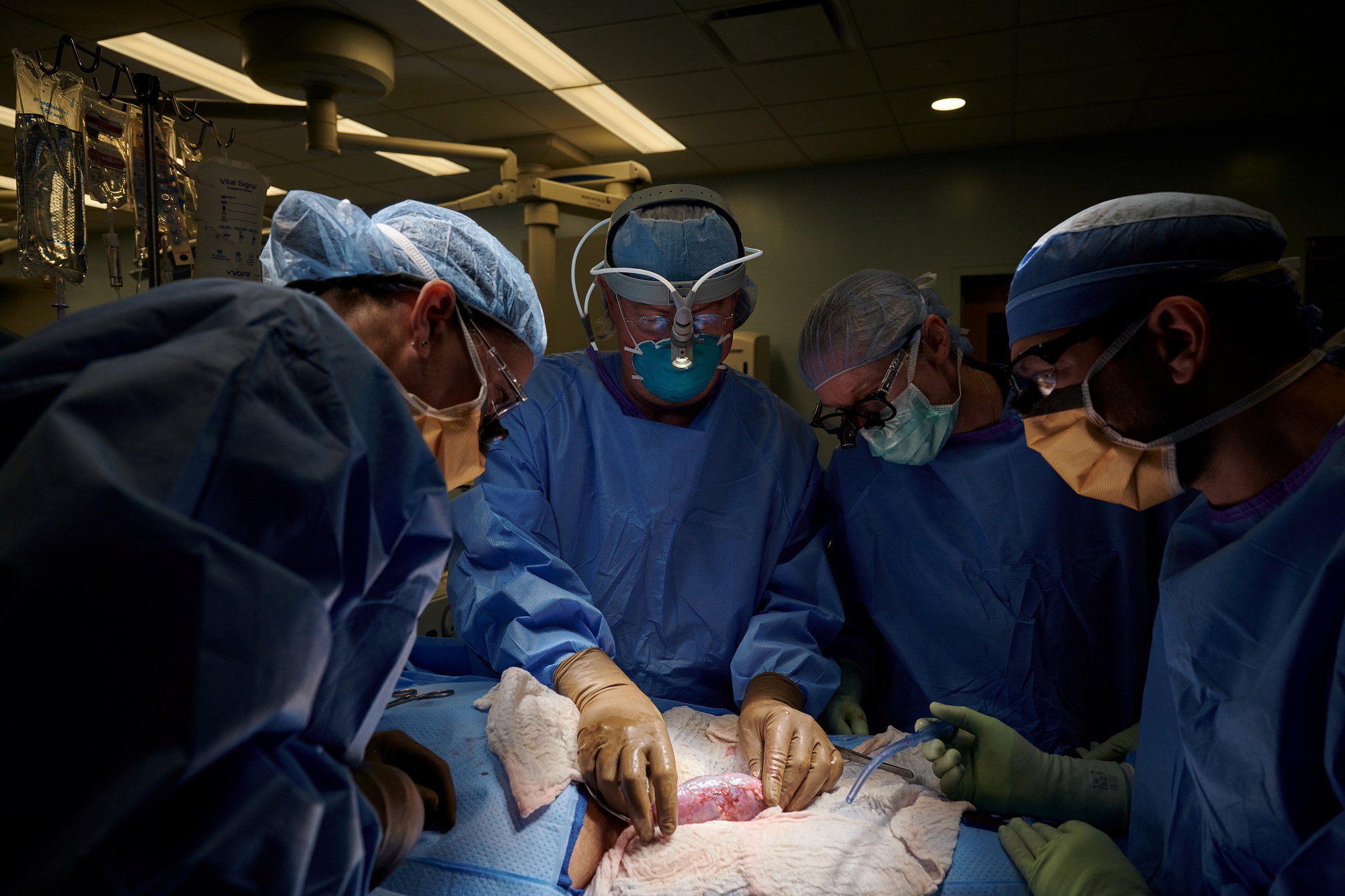For the first time in history, doctors were able to successfully attach a pig’s kidney to a human body. The procedure marked a major breakthrough in the long quest to use animal organs to save human lives.
Pigs have been the subject of many experiments to find ways to improve the organ supply. But one of the most difficult challenges is how to make sure that the human body does not reject the implanted organ.
Surgeons attached a pig kidney to a pair of blood vessels outside a deceased recipient’s body and observed it for two days. Doctors said the procedure went well and the pig kidney did its job of filtering waste and producing urine.
Several biotech firms are competing to produce transplantable pig organs to help alleviate human organ scarcity. In the United States, more than 90,000 patients are waiting for a kidney transplant. Every day, 12 people die while waiting for an available organ.
Revivicor, a subsidiary of United Therapeutics, developed the pig used in the study. The company raised a herd of 100 modified pigs under strictly controlled conditions at an Iowa facility.
The pigs are missing a gene that generates alpha-gal, a chemical that triggers an immunological response in humans.
The Food and Drug Administration declared the gene modification in Revivicor pigs safe for human food and medication in December. However, the FDA stated that further documentation would be required before pig organs could be transplanted into real people.
The study, which was published online Thursday, is a major step toward developing new methods to use animal organs for human applications. The idea of animal-to-human organ transplants – or xenotransplantation – goes as far back as the 17th century, when doctors had attempted to use animal blood for transfusions.
With little progress and continued public outcry, scientists resorted to pigs to bridge the species divide by tampering with their DNA.
Compared to primates and apes, pigs were found to be better subjects. Because they are grown for food, utilizing them for organs has fewer ethical issues. Pigs also have large litters, short gestation periods, and organs that are similar to those seen in humans.
Pig heart valves have been effectively utilized in humans for decades. Heparin, a blood thinner, is made from the intestines of pigs. Burns are treated with pigskin grafts, and Chinese surgeons have utilized pig corneas to restore vision.













